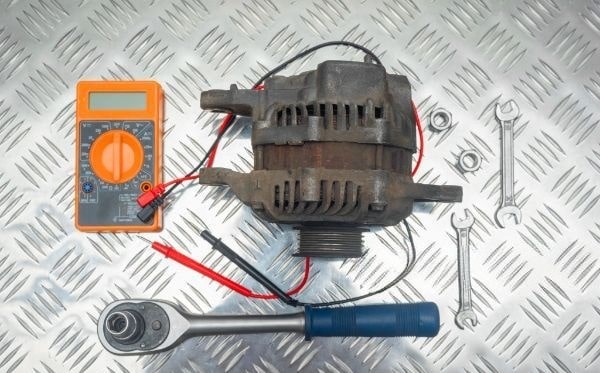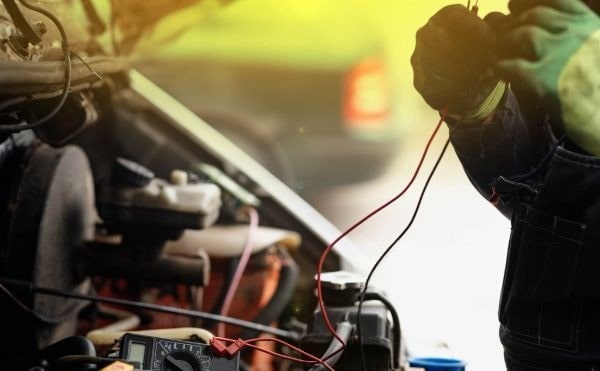Learn how the starting and charging system works, its key components, common problems, and maintenance tips to keep your vehicle running smoothly.
Table of Contents
Introduction to the Starting and Charging System
The starting and charging system is crucial for your vehicle’s operation. Without it, your car wouldn’t start, and the battery would quickly drain. This system ensures your engine fires up and that the battery stays charged while driving.
Understanding how the starting and charging system works helps diagnose issues early and maintain your vehicle’s reliability.

Key Components of the Starting System
The starting system consists of several essential parts:
1. Battery
-
Provides the initial electrical power to start the engine.
-
Must maintain sufficient voltage (12.6V when fully charged).
2. Starter Motor
-
Converts electrical energy into mechanical motion to crank the engine.
3. Solenoid (Starter Relay)
-
Acts as a switch, sending high current from the battery to the starter motor.
4. Ignition Switch
-
Activates the starting process when you turn the key or push the start button.
For high-quality replacement parts, visit SparesFlex.
How the Starting System Works
-
Driver Turns the Key – The ignition switch sends a signal to the solenoid.
-
Solenoid Engages – It connects the battery to the starter motor.
-
Starter Motor Spins – The motor turns the flywheel, cranking the engine.
-
Engine Starts – Once running, the starter disengages.
A failing starter may produce a clicking noise or cause slow cranking.

Key Components of the Charging System
The charging system keeps the battery powered while driving. Its main parts include:
1. Alternator
-
Converts mechanical energy into electricity to recharge the battery.
2. Voltage Regulator
-
Controls the alternator’s output to prevent overcharging.
3. Serpentine Belt
-
Drives the alternator via the engine’s crankshaft.
4. Battery (Again)
-
Stores energy for starting and powers electronics when the engine is off.
How the Charging System Works
-
Engine Runs – The serpentine belt spins the alternator.
-
Alternator Generates Power – Produces AC current, converted to DC for the battery.
-
Voltage Regulator Manages Output – Ensures the battery gets 13.7–14.7V.
-
Battery Stays Charged – Powers electronics and prepares for the next start.
A failing alternator may cause dim lights or a dead battery.
Common Problems in the Starting and Charging System
1. Dead Battery
-
Caused by leaving lights on or a faulty alternator.
2. Faulty Starter Motor
-
Grinding noises or failure to crank indicate starter issues.
3. Alternator Failure
-
Symptoms include flickering lights or a battery warning light.
4. Bad Solenoid or Relay
-
May prevent the starter from receiving power.
For a deeper dive into alternator issues, check this guide from Car and Driver.
Maintenance Tips for Longevity
-
Check Battery Terminals – Clean corrosion regularly.
-
Test Battery Voltage – Ensure it holds 12.6V when off.
-
Inspect the Serpentine Belt – Look for cracks or wear.
-
Listen for Unusual Noises – Grinding or whining may indicate problems.
When to Seek Professional Help
If you experience:
-
Frequent jump-starts
-
Electrical flickering
-
Starter motor failure
…it’s time for a mechanic’s diagnosis.
Conclusion
Understanding how the starting and charging system works helps prevent breakdowns and costly repairs. Regular maintenance ensures reliability.
For trusted auto parts, visit SparesFlex.
Need more car care tips? Read our guide to battery maintenance.

